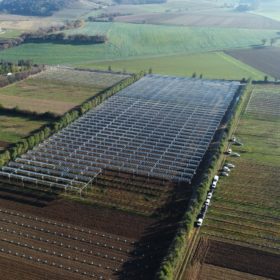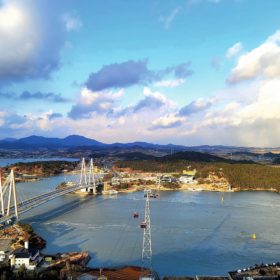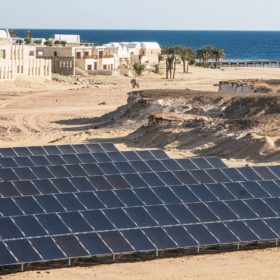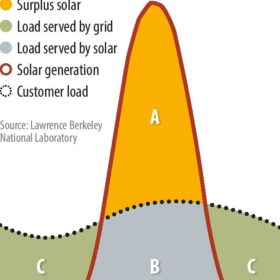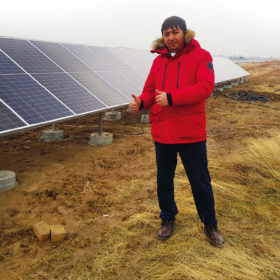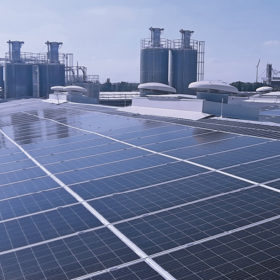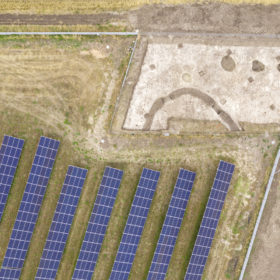Preparing for growth
When setting out France’s new solar goals, President Emmanuel Macron singled out agriPV as an application that has a big role to play in the country’s energy future. In an attempt to lay the groundwork for the application’s growth, a number of French solar companies have come together to define what is meant by agriPV and how it should best be applied. KiloWattsol founder Xavier Daval reports.
‘Clear winds of change’
After a decade of under-delivering on its potential, there are changes afoot in Southeast Asia’s renewable energy development, says Assaad W. Razzouk, the CEO of Singapore-based developer Gurin Energy. Razzouk points to success stories in the region and notes that political will and clear regulations for developers are needed.
Australia’s green swell
In May, Australia voted out its conservative government, which had held power for almost a decade. Instead, it turned to Labor, female independents, and minor parties with far greater climate ambitions. In short, it shifted to an entirely different approach to politics.
Spark of a yellow sun
This year, pv magazine’s annual In Conversation special turns its focus to the world’s most sun-rich continent – Africa. Despite its wealth of solar resources, approximately 600 million Africans lack access to electricity. But with the energy transition accelerating the world over, Africa’s solar resources could have an enormous impact both domestically and through exports. We’ve conducted a series of interviews from across the vast continent and the broad market of solar energy, ranging from Egypt to South Africa and agriPV to green hydrogen production, and we’ve only just scratched the surface.
Open opportunity for laser processing
Laser contact opening (LCO), a standard process in PERC cell production, has seen little market development in the past few years. Stiff competition from equipment suppliers in Asia, combined with the fact that most new n-type manufacturing doesn’t make use of LCO, has kept the level of interest here quite low. However, as the PV research community increases its focus on reducing silver consumption, new approaches to cell contacting and metallization provide impetus for a second look at laser processing.
Netting true value from batteries
Net metering reforms in the US are a missed opportunity to harness residential battery storage, argue researchers from the Lawrence Berkeley National Laboratory. Compensation rules for residential rooftop solar are evolving toward a model that encourages customers to use battery storage to maximize solar self-consumption. However, is this a good thing? Galen Barbose, Sydney P. Forrester, and Chandler Miller investigate.
Central Asia’s solar on the rise
Utility-scale solar is on the rise in Central Asia, with support from development banks. Following a series of competitive auctions, PV projects were commissioned and are under further development in Uzbekistan and Kazakhstan. In Kazakhstan, corporate interest in distributed small-scale renewables is growing, but for further market uptake, additional incentives should be introduced, practitioners say.
Meet the new boss
While the Italian solar industry was waiting nervously to learn the make-up of the new Italian government, Sergio Matalucci surveyed industry insiders to discover their hopes and fears.
Can Lula deliver on Brazil’s solar hopes?
Brazil’s newly elected government under Luiz Inácio “Lula” da Silva will face energy-transition and decentralization issues during critically important years in the fight to curb climate change. Livia Neves reports from Rio de Janeiro.
Archaeologists dig solar
Solar’s benign infrastructure means it might be able to play a role in key areas where archaeological interests need protection. With minimal land disturbance and an installation process that can be adapted to any finds, solar parks may protect valuable sites. But are those claims overblown? Max Hall digs into the issues.
